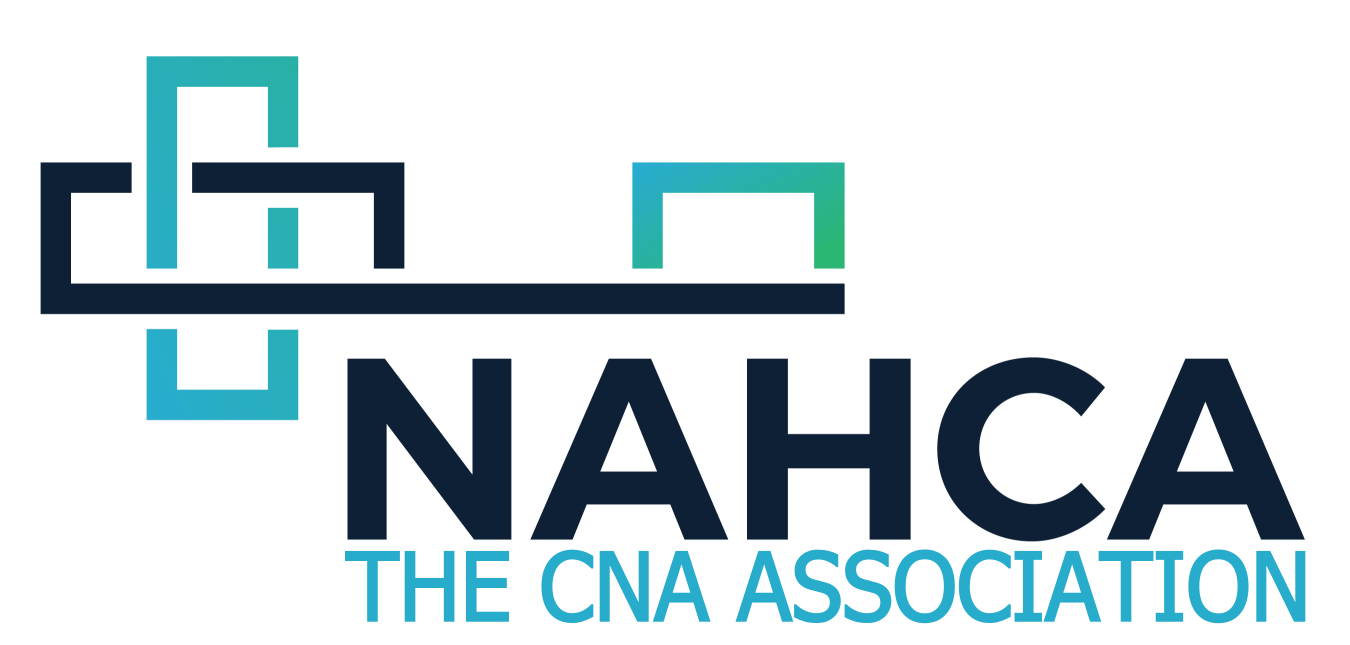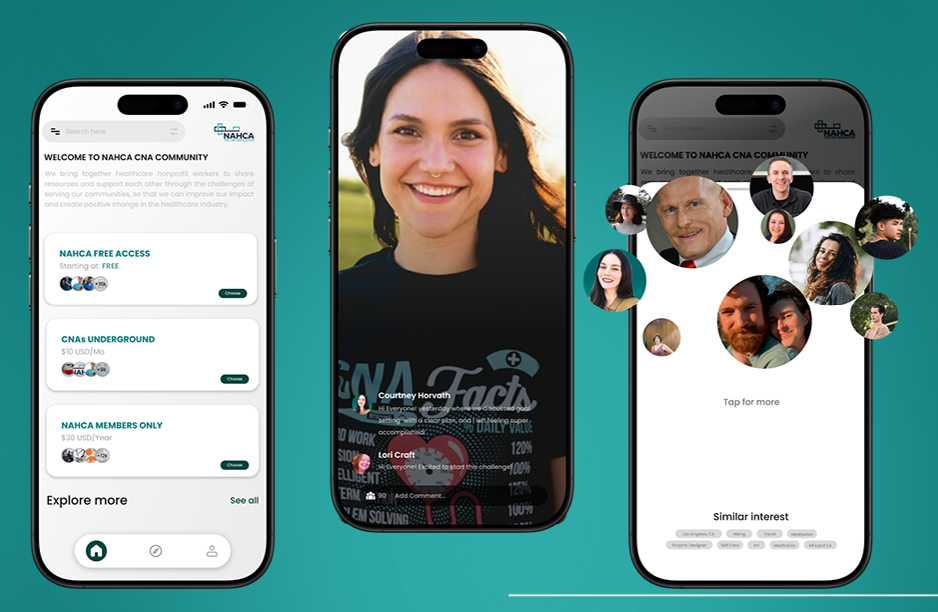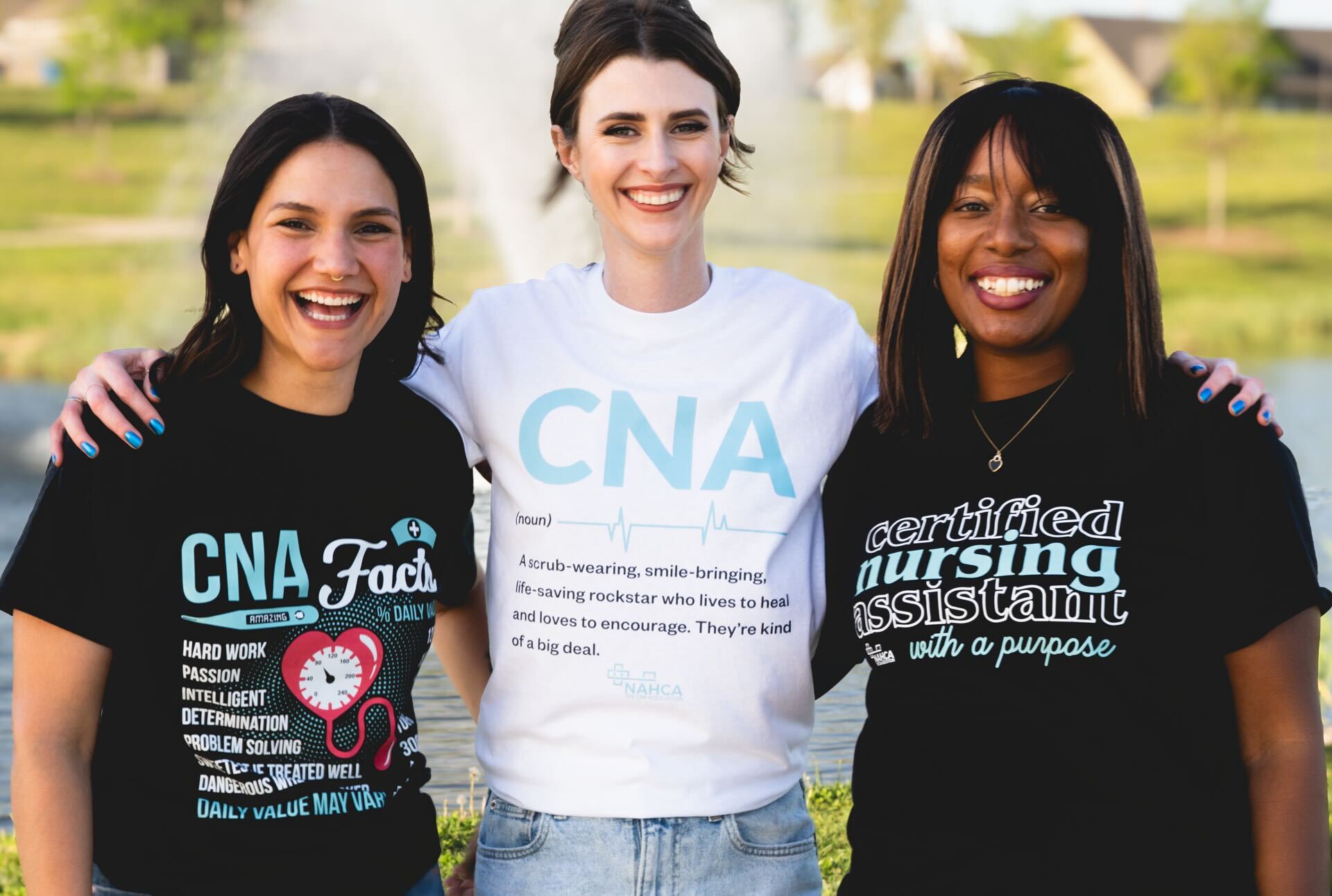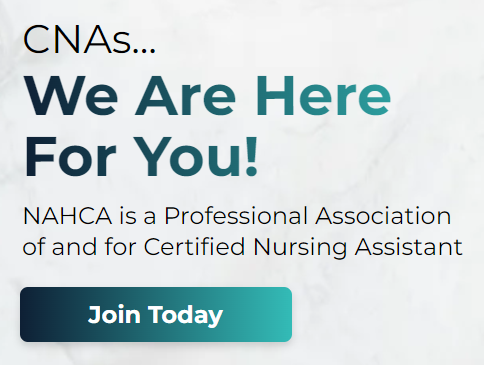I entered a long-term care community, showed my badge, and told the receptionist who I was there to see, as I walked toward my patient’s room. I could feel the glare of eyes that said “who are you and what are you here to do?” and “are you the nurse?” I introduced myself to the staff and again told them who I was there to see for this visit. “You should have been here earlier in the morning; care is already done,” the young lady said with a huff in her voice. I simply replied, “Okay, thank you so much,” and proceeded to my patient’s room.
A Conversation with the DON
After I finished with my care, I again spoke with the staff and let them know how the visit went, gave them any updates, and then I left the building for my next patient. Much to my surprise, when I returned to see my patient, the director of nursing (DON) asked to speak with me. I simply asked, “is there something wrong” to which the DON responded: “It was reported to me that you had pillows under both hips, under her legs and a towel folded inside of a pillowcase between her knees and that you asked if we could cut the back of the patient’s shirt. Do you not know that that is destroying property?”
The DON added: “You also came to my building at 9:00 a.m. when care was done.” I said, “no, please let me explain everything I did was how, I, as a Hospice CNA can help with my patient as she transitions. I elevated her hips with pillows because she was on her back so I was trying to provide support. I placed her on her back because she was coughing and breathing a little fast, which is why the head of her bed was also raised. I put a pillow under her legs to elevate her feet and then rolled up a towel inside of a pillowcase to keep her from crossing her legs so that having the soft pillowcase against her skin would help prevent any breakdown. These are ways that I can help her until the RN arrives.”
Providing Person-Centered Care
I asked if we could cut her shirt up the back to avoid moving her so much because she was in so much pain and it would make it so much easier to slide her arms through the armholes and gently lay the shirt on her, making sure all the wrinkles were out from under her back so that we could keep her comfortable. I added that I had come into their building at 9:00 a.m. not knowing that all ADL care, even for hospice patients, must be done early in the morning. I apologized and said, “I do have other early morning patients, and while I would love to see everyone first thing in the morning, it can’t always be done. As my schedule allows, I will be more than happy to move her up and continue providing great care for her.”
Aren’t We All CNAs?
I tell this story because CNAs are working in so many different settings, such as hospice, long-term care, assisted living, home health, hospitals, rehab, and so on, that sometimes we forget that we are all CNAs. What’s more, each setting may require a different set of skills even though patient care is the equal factor.
We as CNAs have the tendency to sometimes become territorial about our jobs. It’s natural, but we must remind ourselves that we are here for those we take care of as well as to support one another.
In It Together
Now going back to my story. In the beginning, this became a teaching moment for them and for myself. In that moment, we were afforded the opportunity to show each other our different skillsets and learn from each other.
Being a CNA from a different area of care shouldn’t separate us or make us feel territorial, but rather acknowledge different ways of care and add that to our own caregiving toolkit.




You’re amazing CNA and your knowledge will benefit everyone. Your compassion to your patients and families are so beautiful. Thanks for sharing and keep up the good work we love you